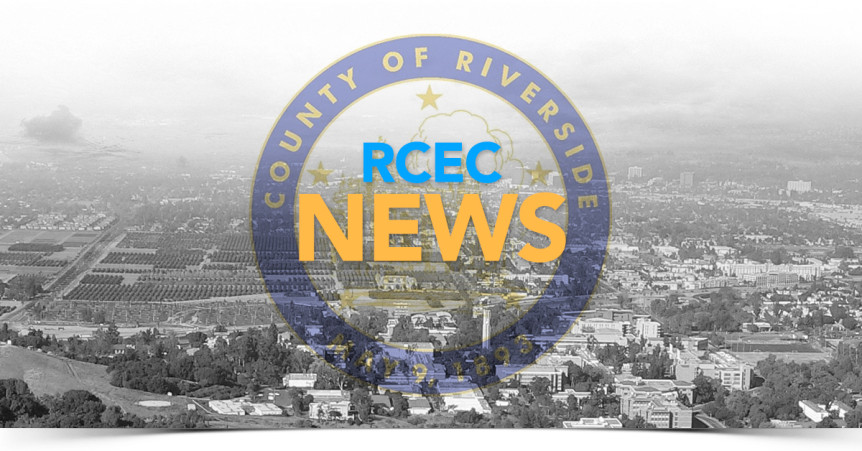COURTESY OF: ASSOCIATED PRESS
Black and Latino students in the U.S. are far less likely than their peers of other races to attend elite public universities, according to a new study.
The Center for American Progress, a think tank in Washington, D.C., analyzed federal data from 2014 to compare the types of public colleges students of different races attended. The group divided colleges by selectivity, ranking them as elite public universities, other four-year schools or community colleges.
Out of all white students who attended public colleges in 2014, almost 20 percent attended highly selective schools, the study found. Asian students fared even better, with 31 percent. But only 9 percent of black students and 12 percent of Latinos attended public universities with the most-selective admission rates.
Meanwhile, minority students were far more likely to attend less-selective universities and open-access community colleges, which typically have lower graduation rates. Black and Latino students who do not enroll in top public colleges show different matriculation patterns than white students.
The report was careful not to disparage community colleges, noting that they are affordable for many students and serve a key role in local and regional workforce development through certificate and degree programs. By 2020, an estimated 30 percent of jobs in the economy will require an associate degree or some college education. Additionally, individuals with associate degrees earn more than people with just a high school diploma.
A look at the numbers
More than half of Latino students attending public colleges — 56 percent — attended open-enrollment community colleges in 2014, and about one-third attended other four-year institutions, according to the report. Among black students, 51 percent of students enrolled in public colleges attended community colleges, while 40 percent attended other four-year colleges. In contrast, just 41 percent of white students enrolled in public colleges attended community colleges, while 40 percent attended other four-year colleges.
Black students also were overrepresented at community colleges in 44 states, while Latino students were overrepresented in 39 states; white students were overrepresented in 7 states and Asian students in just 5 states.
Developmental ed is a hurdle
In Massachusetts, just 5 percent of black students at public colleges attended a top school, along with 6 percent of Latinos, among the lowest rates in the nation.
Katy Abel, a spokeswoman for the state’s Department of Higher Education, said the issue is a “huge concern” to Massachusetts leaders. She said public colleges are working to improve their remedial education programs, which can deter some students from attending college.
“Too many of these students get discouraged having to take remedial course for which they must pay, and for which they receive zero college credit. They get discouraged,” Abel said.
Other states where blacks were least likely to attend top schools include North Carolina and Tennessee. For Latinos, the rates were lowest in New York, Massachusetts and California.
Serving more students
Minority students at many U.S. colleges have called for greater diversity on campus in recent years, with some saying they feel isolated and forgotten. Policymakers also have pushed colleges to boost minority enrollment, and a proposal from President Barack Obama would provide two free years of community college for all “responsible” students.
But Baylor, the study’s author, said it’s key to make sure minority students have access to top colleges, too, where graduation rates are often double those at less-selective schools.
“If we’re going to close these attainment gaps that exist among people of different races and ethnicities, I’d like to see more students of color attending these universities that have good outcomes,” she said.

